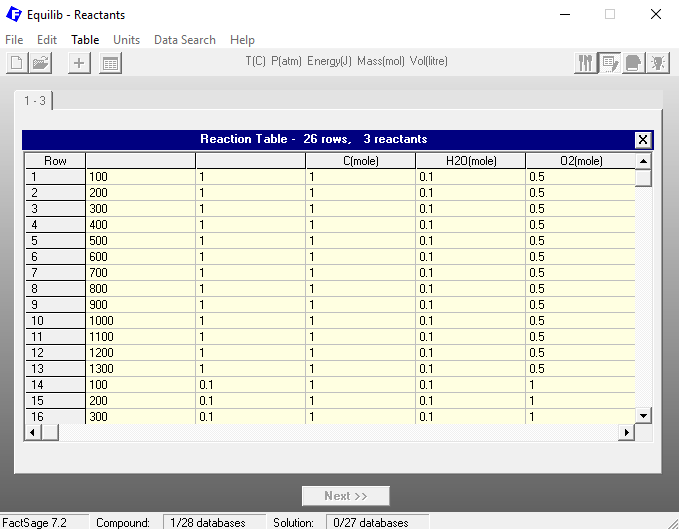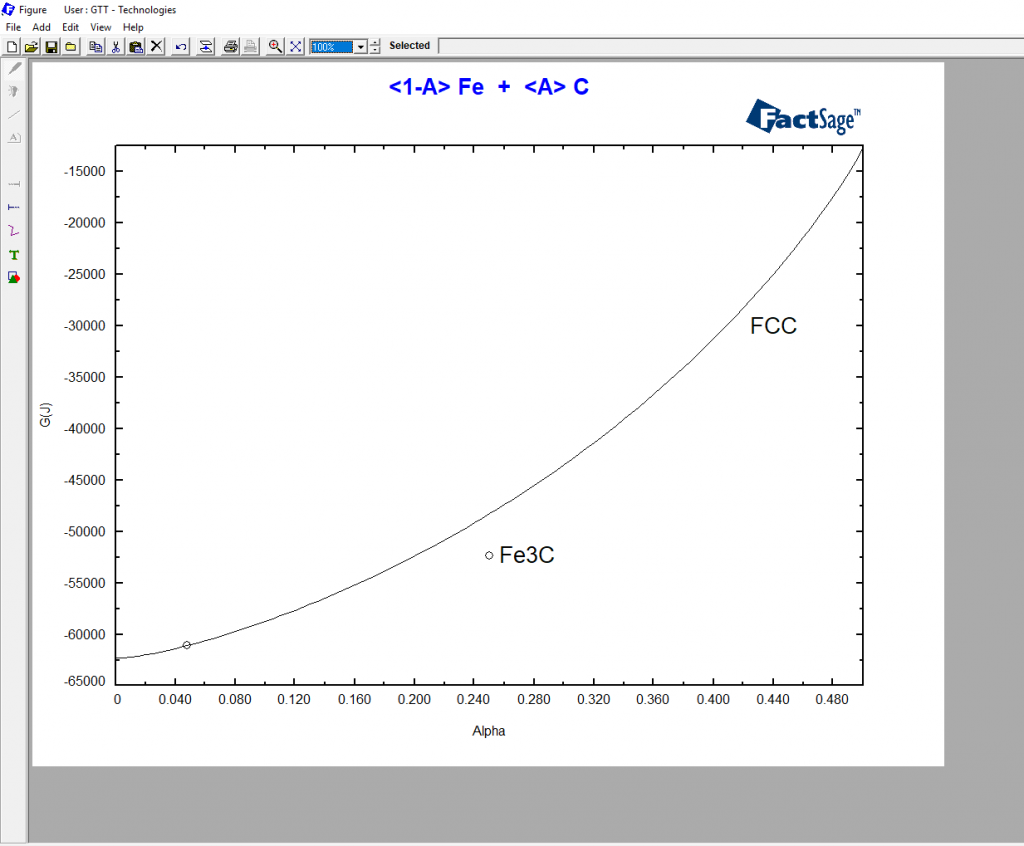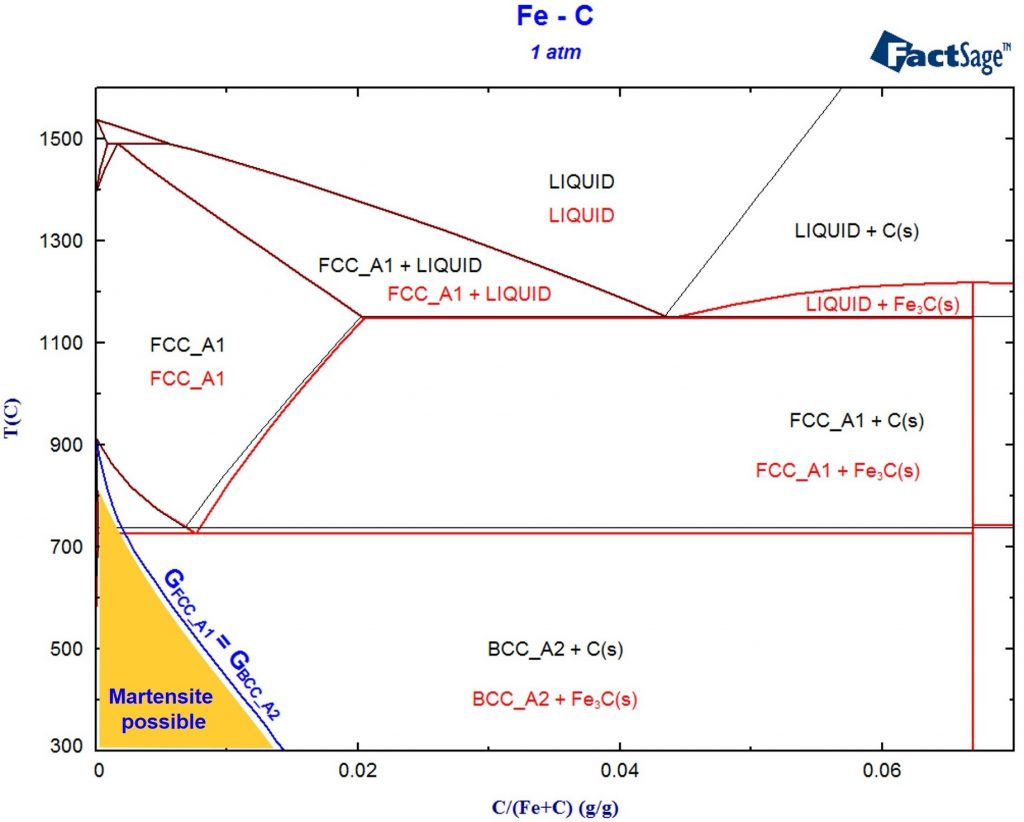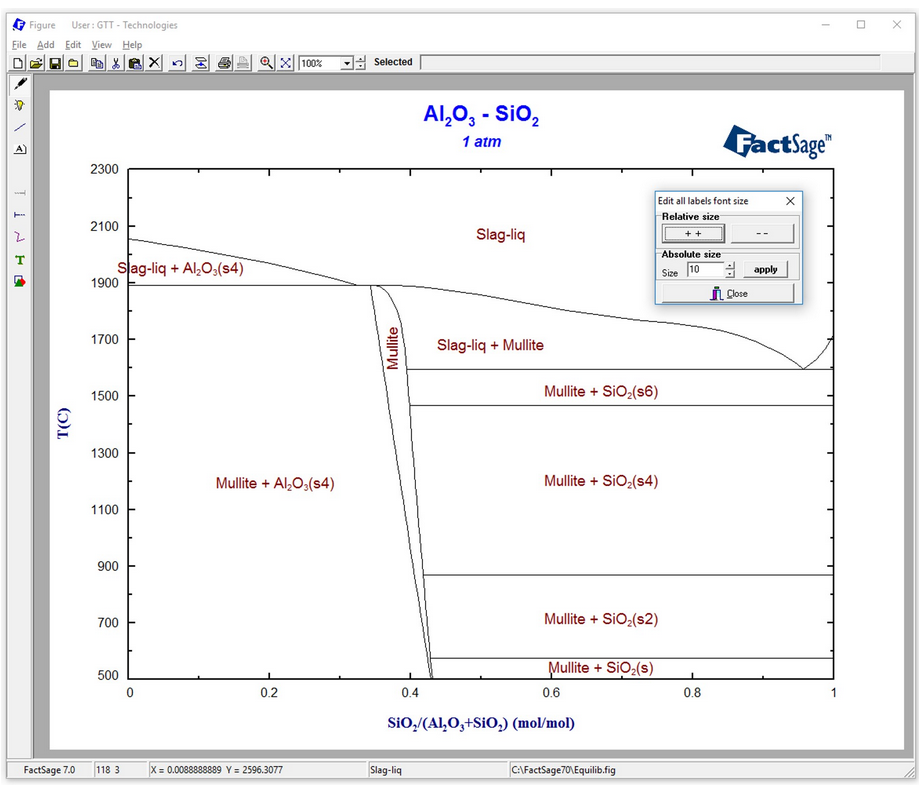Automated input and output in FactSage – Part I
A customer has asked me: “Is it possible to export/import data to and from FactSage? For instance, I would like to do a series of calculations for different initial chemical compositions of the system and it would be very useful to import all the compositions automatically from an Excel table into FactSage”. Yes, it is […]
Automated input and output in FactSage – Part I Read More »





